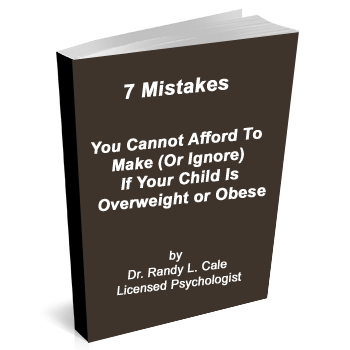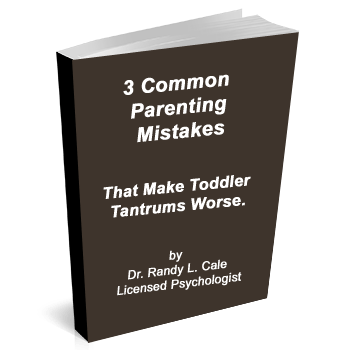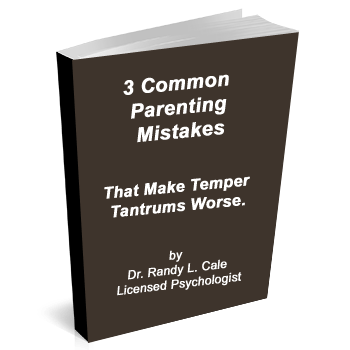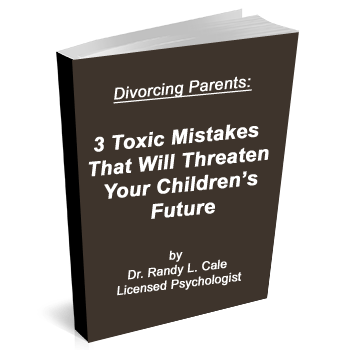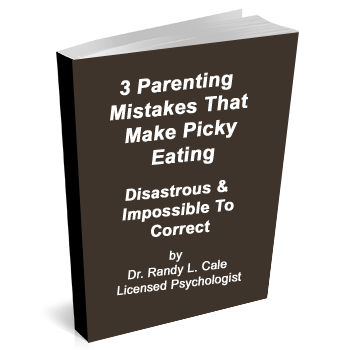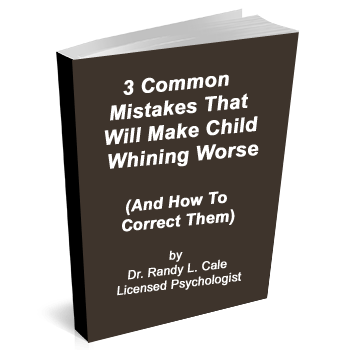Do you find vacations turn into bickering matches, sibling unhappiness, and constant negotiation over what to do when? If so, you can turn this around—with a few simple changes.
How so? Because you have more leverage on vacations than you often have during more “normal” family time.
Let’s review a few simple ideas that will quickly resolve most major challenges while traveling with your children. Just notice, most of this begins to teach your kids a critical lesson: You are becoming parents of action…not excessive words. That is one of the hidden keys to parenting success.
Traveling Without Sibling Bickering, Battles, and Conflicts
Here’s my insider’s game plan that always works. Just follow these guidelines, and you will find much more peace in your travels.
1. Before leaving, explain to the kids that there will be a new ‘rule’ in place throughout the vacation. Explain that this rule will not be altered, or varied in any way, regardless of whether or not they approve or do not approve.
2. Here’s the rule: “We vacation peacefully, or we stop.”
Explain the rule like this: Let the kids know that the car will be moving as long as there is a civil and reasonable conversation, without bickering and fighting. The moment that the fighting or bickering begins, and mom or dad are distracted in any way, it’s not safe and it’s not peaceful.
Do not remind them to be quiet or to calm down. Instead, pull over at the next possible moment, and turn on the radio while sitting calmly in the car. All electronics are off otherwise. Let them know you will sit until there are five minutes of silence.
Allow them to go through whatever fighting and bickering they want to go through until they are bored with this. Eventually, there will be silence. Don’t argue or remind them to be quiet. Just wait it out. (Remember: You can let them know in advance that this is exactly what you will be doing. Simply don’t remind them of this while traveling.)
3. If in the hotel, or at a restaurant, simply let the kids know that the “train” will not be moving until there are peaceful and civil communications between them. If the kids are fighting in the morning, have a conversation between parents and let them go on and on. Just wait for boredom to show up…then move on with your day.
4. Be willing to leave any activity! That’s right! Let your kids know in advance that any extreme behavior will mean that you will walk out. And you won’t come back. You don’t want to talk about this a lot. You want to make the statement upfront, and then follow through.
Once you do this one time, you will not have to do it again. Simply make sure that you use the consequence and follow through immediately.
If two kids are behaving relatively well, and one child is out of control, then one parent can walk out with the difficult child. No discussion or dialogue about the “inappropriate behavior” occurs. Simply leave the activity, and wait until the rest of the family is done.
Again, while this can be tedious for one of you, it is much more so for your son or daughter. It is the consequence that follows immediately after their behavior that effectively teaches them. It is not your repeated requests or prodding or encouragement. This only makes things worse.
Remember: Fewer words and warnings, and more immediate follow through!
NOTE: In situations such as Disney world, or some other all-day activity, it will not be necessary to walk out all day. Simply go to a “time out” area, and allow plenty of time for the kids to understand that they are missing fun stuff while their siblings are enjoying it all. If you want to show you are serious (and I suggest you do), go back to the car and sit there until all is calm. (Did he say ….back to the car?) That’s right. Take out the hour or so to make it back to the car. Do a “time-out” in the car. You will only have to do it once…maybe twice. The rest will be smooth sailing!
While this discussion may seem relatively simple, these principles will transform your vacation experience, if you’ve had this kind of difficulties. The key is action…particularly action immediately tied to problem behavior. Be clear with kids upfront about how you will respond…then DO IT!







